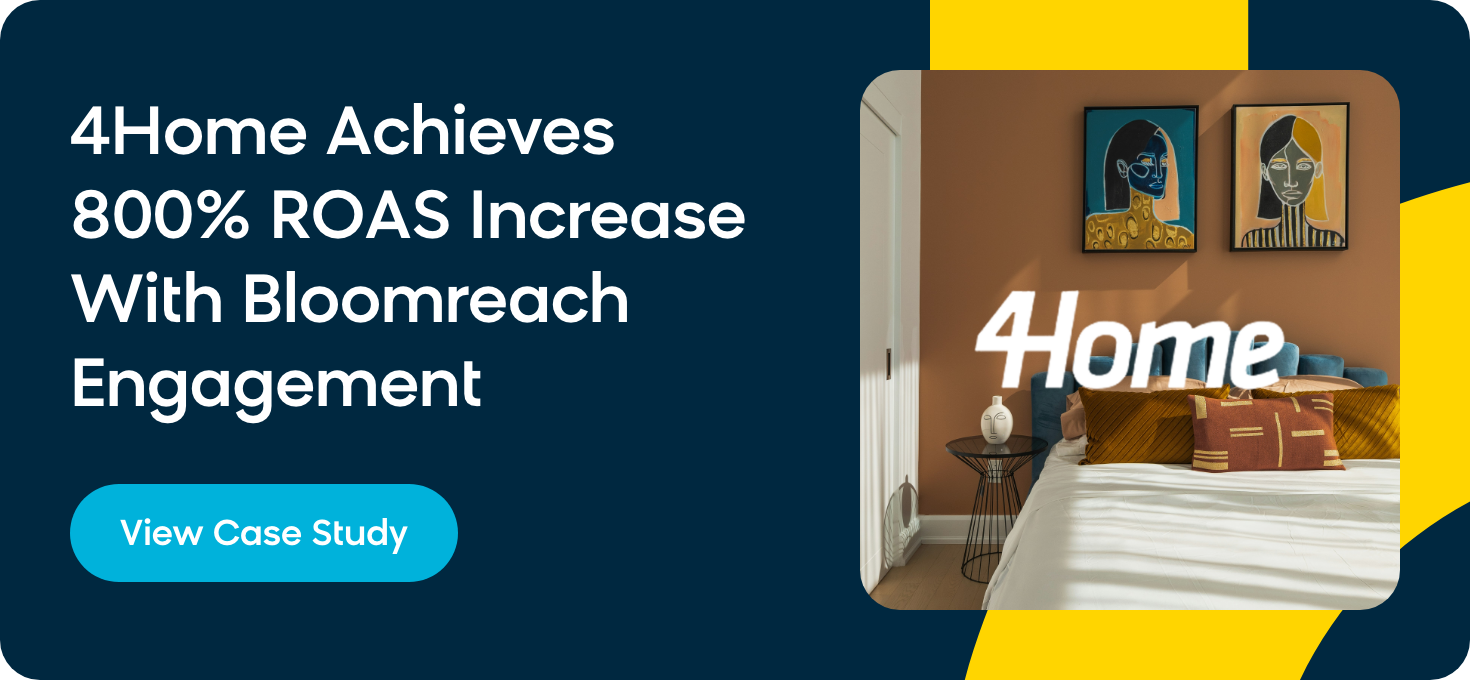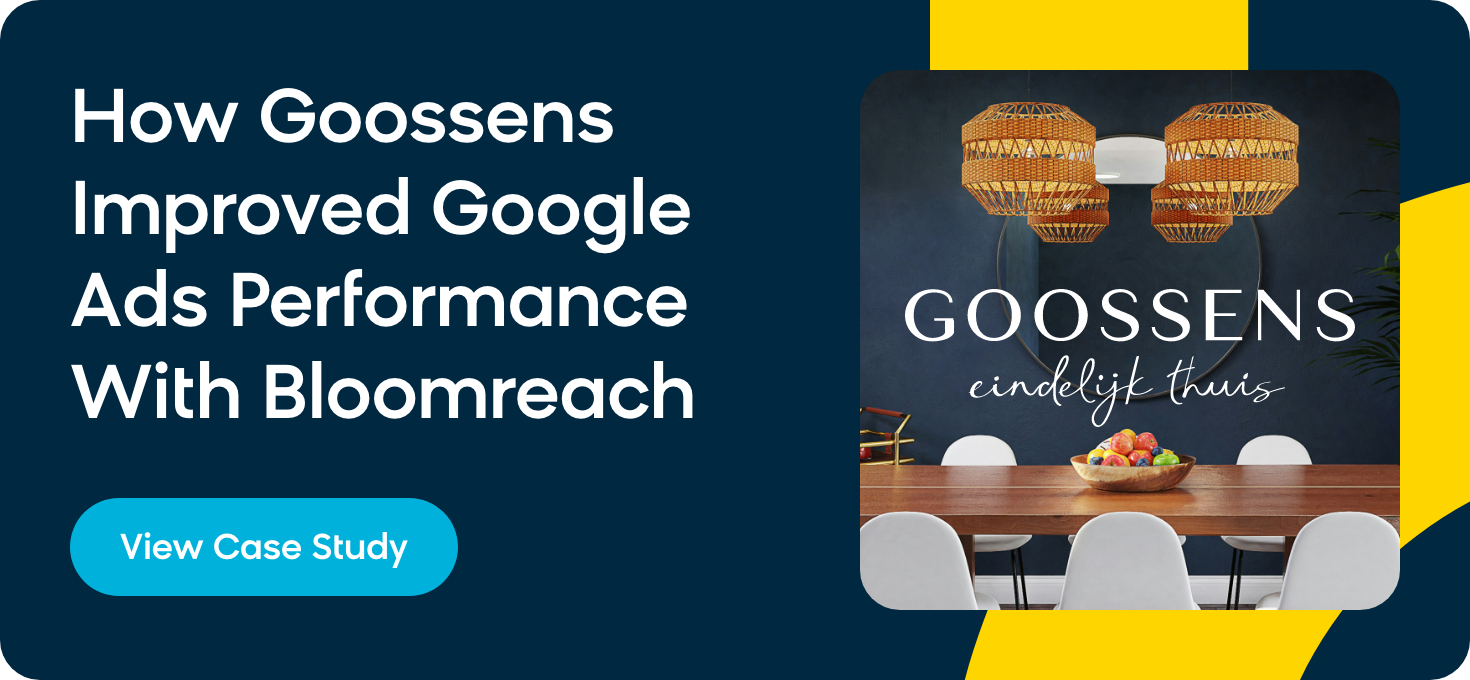Increasing ROAS as Ad Costs Rise
By Kinjal Shah
06/05/2024

Have you noticed your ad bill creeping up more recently? You’re not alone. Ad costs have increased across the board: Facebook ad costs have jumped by 89%, TikTok’s CPM is up by 92%, and even Snapchat’s CPM has increased by 64%.
This sharp rise in costs can partly be attributed to Apple's updated privacy regulations, which restrict data collection, along with an increasingly competitive ecommerce landscape.
So, what does this mean for you as a business owner or marketer? It's time to get more strategic about how you use your advertising budget. After all, you want every dollar you spend to work hard for you rather than just evaporating into the digital ether.
That's where the return on ad spend (ROAS) comes into play. ROAS measures the efficiency of a specific channel — TikTok, Facebook, Snapchat, etc. — allowing you to track and compare the effectiveness of your ad campaigns.
Let’s understand more about ROAS and how you can improve it to get the best return on your ad spend.
What Is ROAS and Why Does It Matter?
Return on ad spend (ROAS) is a metric that tracks every dollar you invest in advertising. It breaks down exactly how much revenue each of your campaigns generates compared to your spending.
You can calculate your return on ad spend with the following formula: ROAS = revenue attributable to ads / cost of ads (aka ad spend).
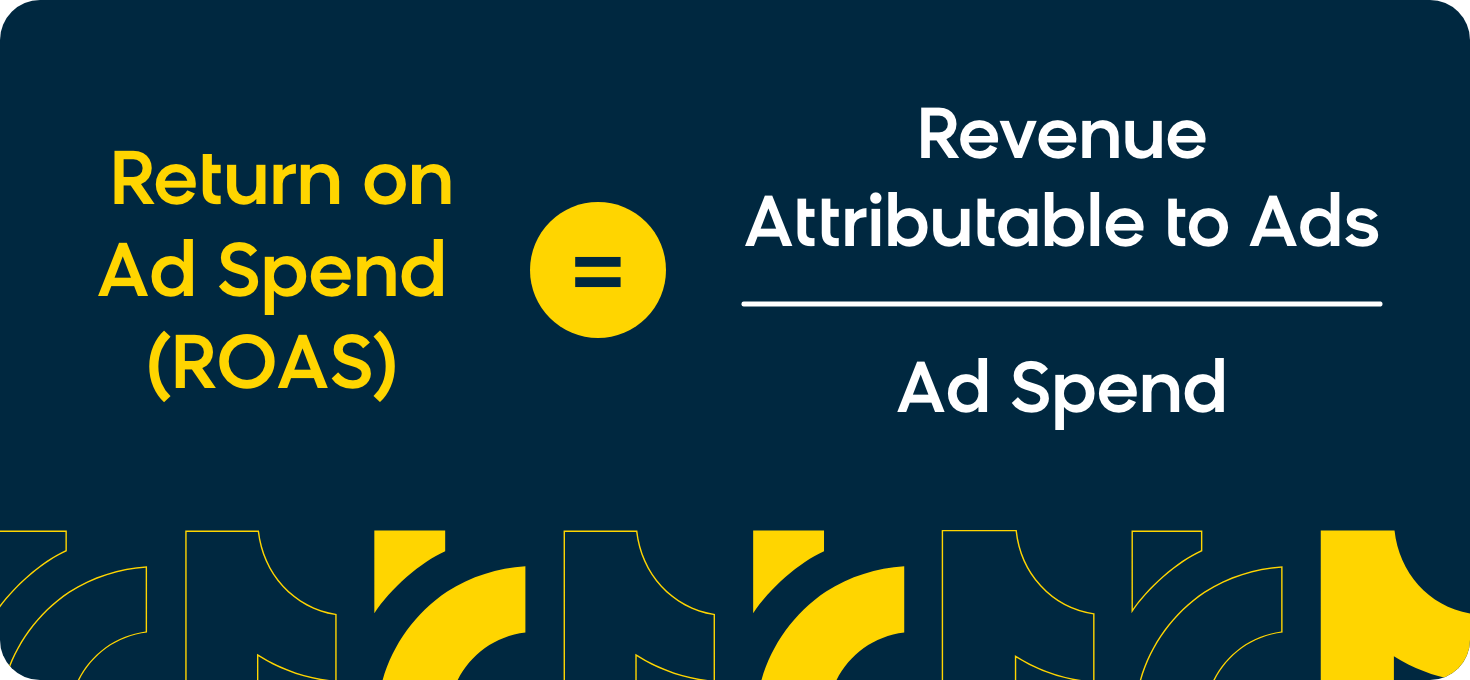
Imagine you’ve spent $1,000 on a Facebook ad campaign. At the end of the campaign, the revenue generated from this ad totals $4,000. To find your ROAS, you would divide your total revenue by your ad spend. In this case, $4,000 divided by $1,000 gives you a ROAS of 4. This means that for every dollar you spent on advertising, you earned four dollars in revenue.
Now, what does a high or low ROAS tell you? A high ROAS signifies that your campaigns are profitable, effectively turning your ad spend into substantial revenue. Conversely, a low ROAS suggests your strategy might not be as effective as it could be.
By focusing strategically on this metric, you can optimize budget allocation and scale marketing efforts effectively, saving both time and money in the process.
5 Tips To Increase ROAS
There are countless strategies and platforms available to boost your ROAS, but here are five of our favorites that have consistently delivered successful results for us and our clients over time.
Target the Customers Most Likely To Convert
Most marketers curate marketing segments based on past customer behaviors. The problem with this approach is that it often overlooks potential customers whose interests and needs are beginning to align with your offer. As a result, you might miss out on reaching someone who hasn't made a purchase yet but is on the cusp of becoming a dedicated customer.
Loomi AI can help you address this gap by using predictive analytics to segment audiences. Instead of focusing only on past customer behavior, Loomi AI looks at what they're likely to do next.
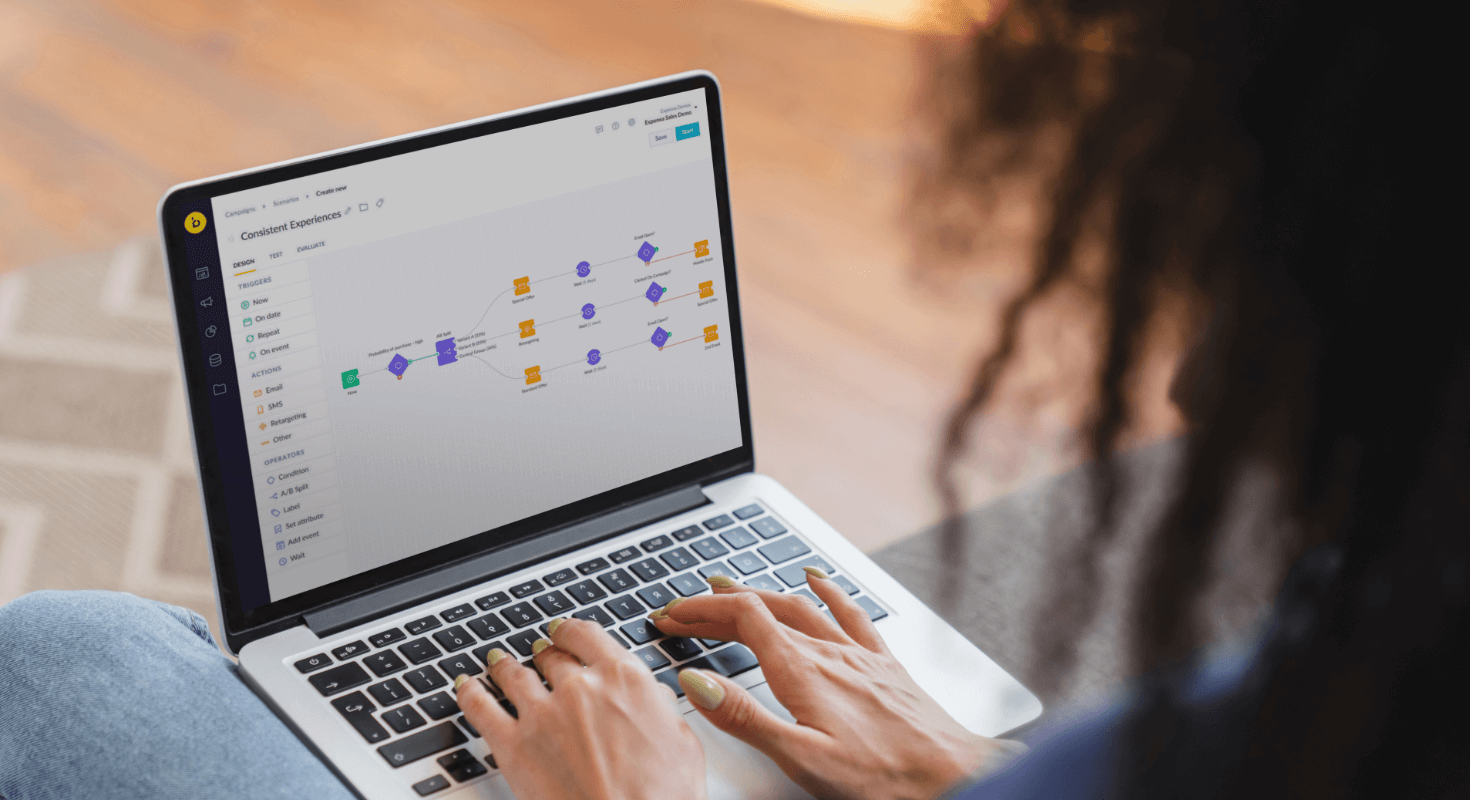
It uses diverse data points, including purchase history, demographics, browsing habits, and interactions with loyalty programs, to predict future behaviors. This allows you to create segments based on potential purchasing actions, customer lifetime value, and churn risk.
By identifying and engaging with people just about to enter their buying phase, you can use your marketing resources more effectively and increase your ROAS without being pushy.
Find Audiences Similar to Your Best Customers
From our experience, we’ve seen that using similar data to inform lookalike audiences can significantly increase revenue — up to 151% more — and reduce cost per acquisition by 38% for lookalike campaigns.
That’s why we’ve created customer lifetime value (CLTV) based lookalike targeting for paid ads. With Bloomreach, you can optimize your paid ad campaigns by building robust audiences based on customer lifetime value and brand loyalty, so you can target audiences similar to your most valuable customers.
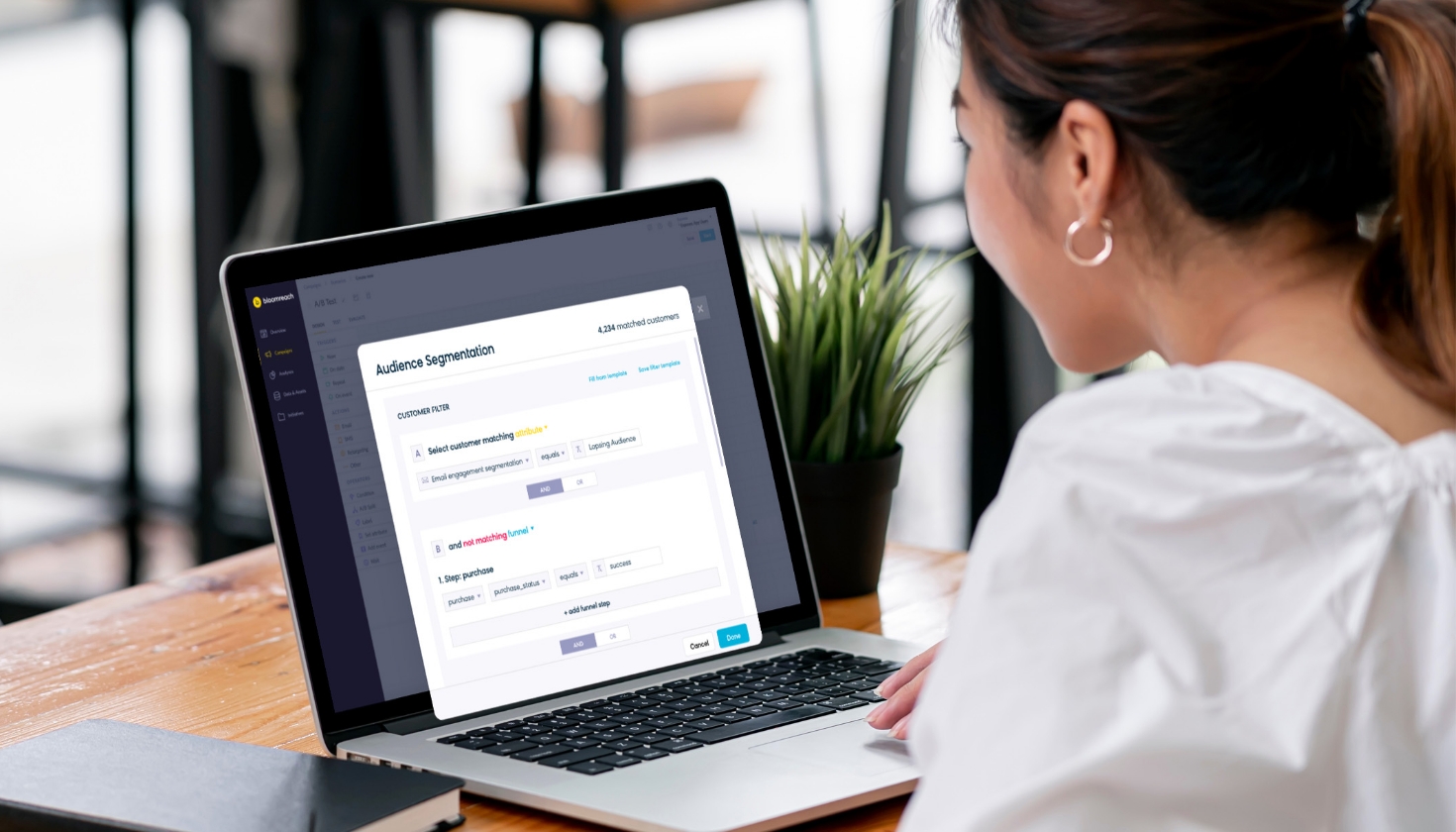
As a result, this strategic targeting helps prevent the high costs of acquiring new customers. Instead, it directs your budget toward engaging users whose behavior suggests they will value your offerings as much as your top customers do.
Connect Your Data With Conversion APIs
With new privacy rules and third-party cookies getting phased out, you can’t simply rely on the big ad platforms like Facebook and Google to find and target “perfect” customers. Your ad dollars might end up targeting an irrelevant audience, which hurts your profitability.
That's where conversion APIs come into play. They provide a solid alternative by allowing you to tap into the zero-party and first-party data you've gathered — everything from customer purchase history to browsing habits. This information is more specific and valuable than the broad strokes data provided by cookies. It allows you to craft ad campaigns that are precisely tailored to engage your ideal customers. Plus, you can connect your ad spending directly with real outcomes like sales and revenue using conversion APIs.
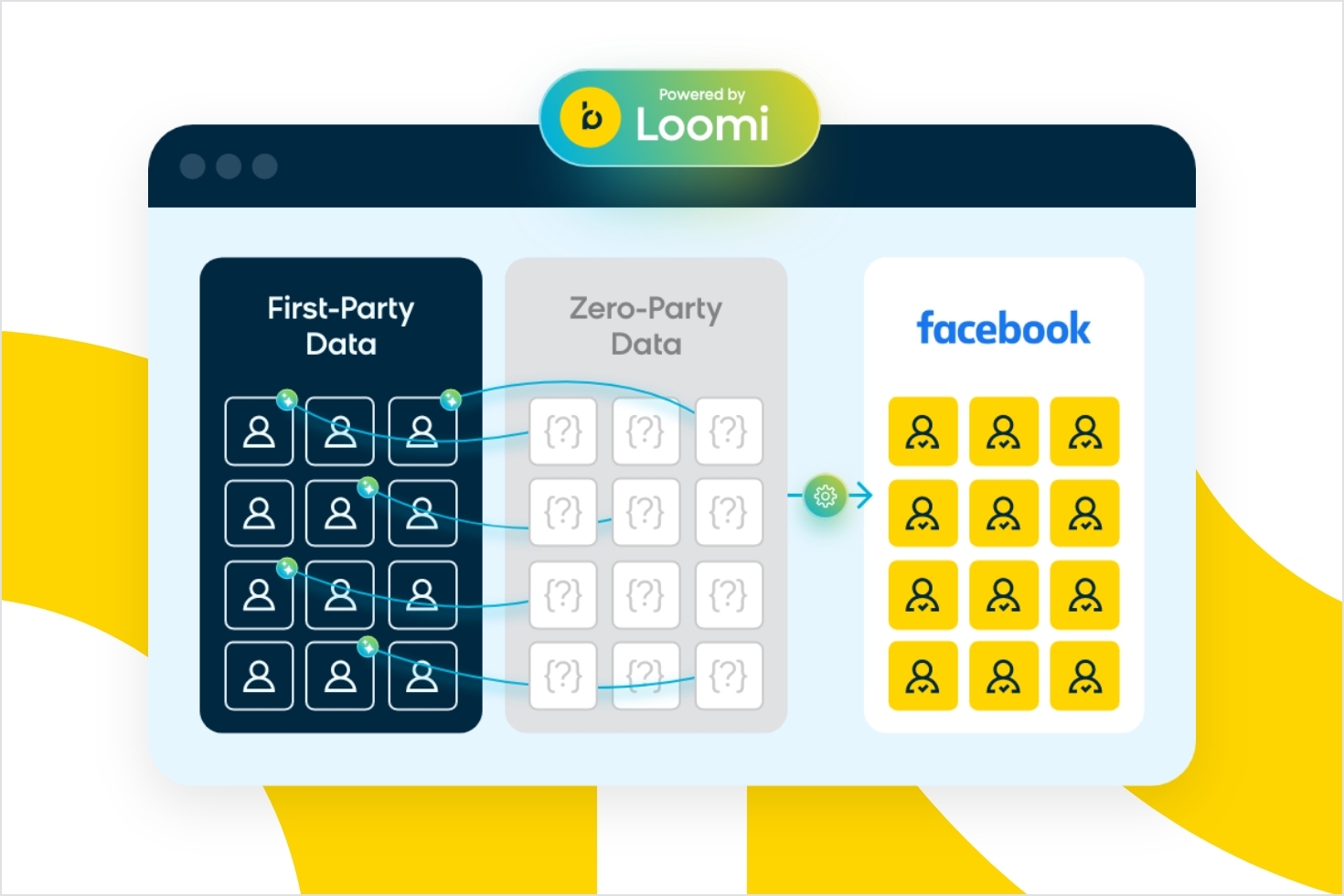
Here’s how it works: You first need to identify the crucial conversion events that are significant for your business, such as add-to-cart rate or purchases, along with other early-stage interactions like add-to-favorites. Then, using Bloomreach Engagement, you can send these important conversion events directly to advertising platforms in real time through the conversion API.
Moreover, you can be more confident that you’re capturing the right performance data as conversion APIs are less affected by common internet issues like connectivity problems, browser errors, or ad blockers.
Suppress Ads With Certain Audiences
Everyone knows targeting the right audience is fundamental to achieving a high ROAS. But just as crucial is knowing which audiences to suppress from your advertising efforts. Properly managing who sees your ads can significantly reduce wasteful spending and enhance the efficiency of your marketing budget.
Suppressing the right segments involves identifying groups where ad spend does not translate into proportional returns. These include existing customers when the focus is on acquisition, as continuing to target them can divert resources away from potential new leads.
Similarly, serial discounters (who only purchase when items are heavily discounted) and customers with high return rates can undermine profitability if targeted too frequently.
Using ad-tech integrations can simplify this process by accurately defining and segmenting these specific customer groups in real time. Loomi AI, for instance, can analyze purchasing patterns and behaviors to identify likely discount seekers or frequent returners.
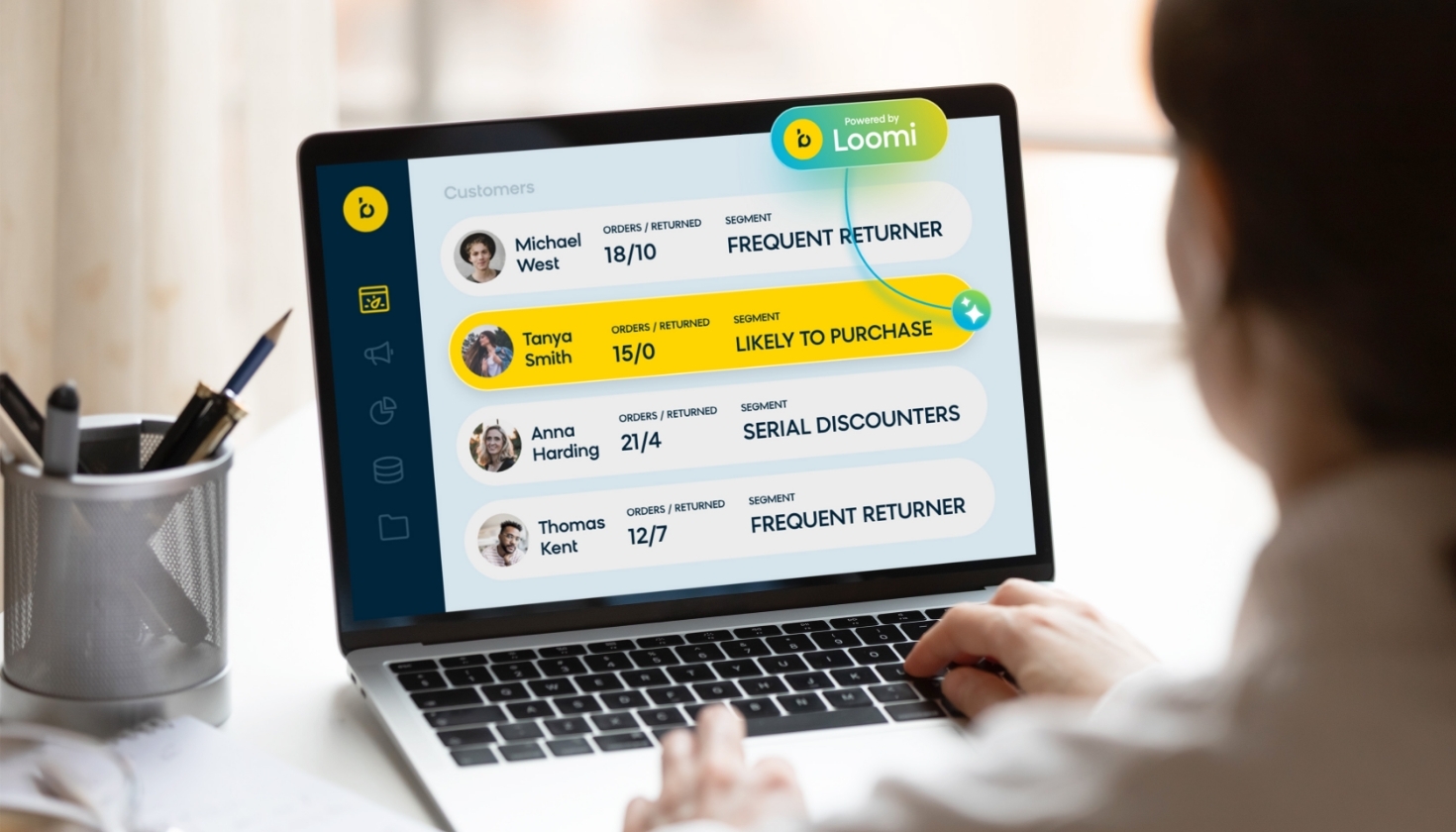
Once identified, Bloomreach Engagement allows these segments to be dynamically synced with ad platforms, ensuring ads are not shown to these groups, thus optimizing ad spend and improving ROAS.
Personalize Your Retargeting Ads
Do you pay attention to customers who interact with your welcome email but never convert? If not, these customers could be missed opportunities for a sale. These potential customers have already visited your website or are in your database, making them prime candidates for tailored ads that speak directly to their preferences.
While generic retargeting ads aren't likely to win them back, dynamic retargeting tools can help. For instance, Google Ads lets you effectively retarget people who visited your site and then left — this way, you can try and get them to come back to your site.
To take your personalization to the next level, use Bloomreach Engagement to go beyond the last item the person viewed on your site and use their browsing behavior to inform the content you create.
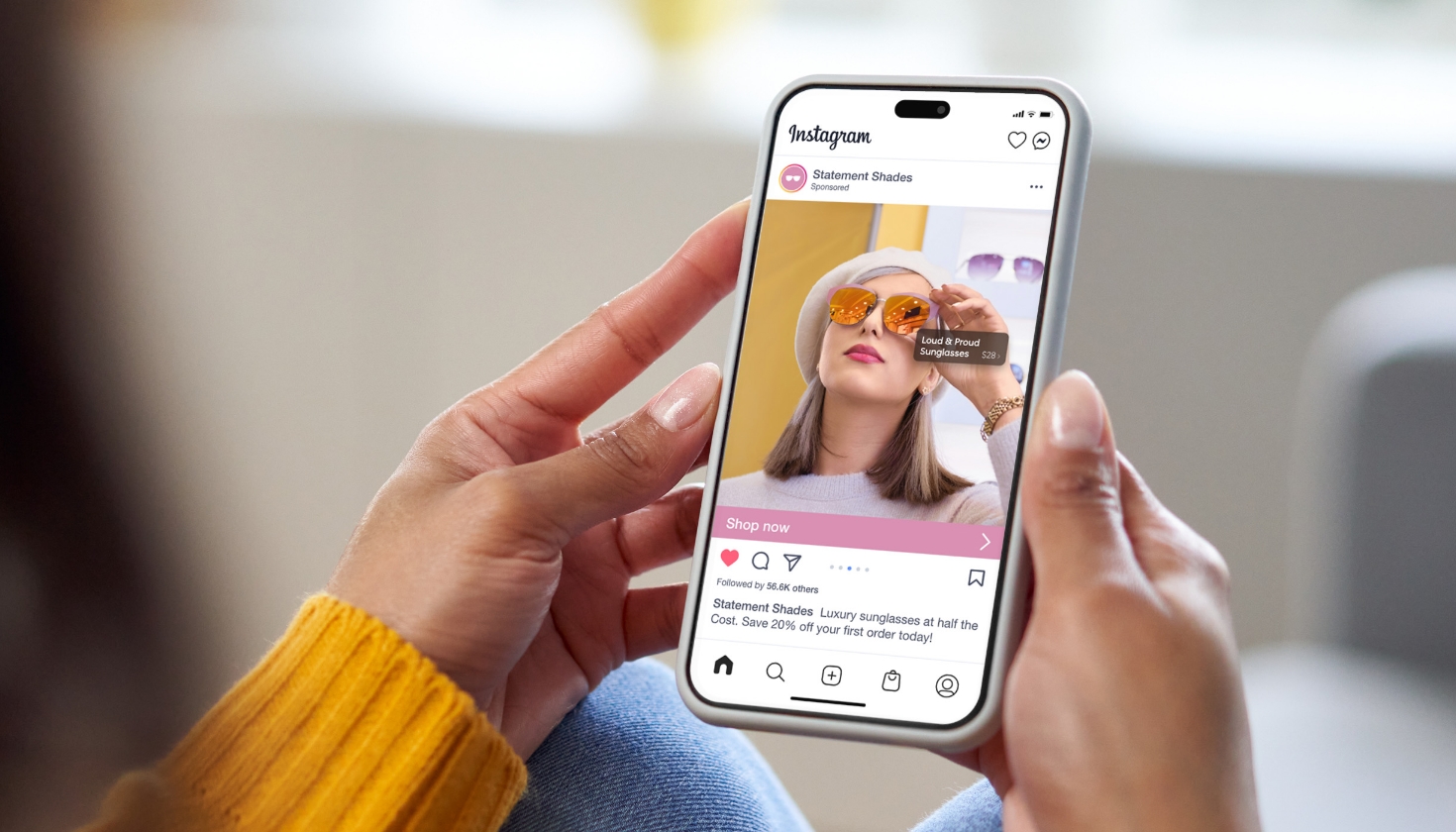
For instance, if someone purchased an item, you can show them complementary products that go with their recent purchase. If a customer tends to look at certain styles and colors, you can highlight products with those attributes instead of a default image.
By combining Bloomreach Engagement with your ad platform, you can create retargeting campaigns that will ultimately improve your conversion rate and ROI.
4Home Drives an 800% ROAS Increase With Bloomreach
4Home is a distinctive retailer of home, garden, and practical goods, known for its stylish home textiles, unique decorations, and modern kitchen equipment. 4Home set a goal to expand its market presence. However, changes in third-party cookies and tracking resulted in the declining effectiveness of Facebook Ads.
Instead of ruling out Facebook entirely, 4Home turned to Bloomreach Engagement's Facebook Ad Audiences feature to optimize its social media spending and drive expansion. This integration allowed 4Home to create custom and sophisticated audiences for lookalike targeting, enabling the brand to reconnect with customers who had not visited its website recently.
This effective targeting strategy led to a dramatic 800% increase in ROAS on Facebook, significantly boosting monthly revenue and enabling 4Home to successfully enter new markets.
Goossens Improves Omnichannel Margin by 49.48%
Goossens is a renowned retailer offering affordable, high-quality furniture across Europe. With 25 inspiration stores, Goossens generated the majority of its revenue from brick-and-mortar sales. This presented a unique challenge in quantifying the impact of Goossens' ecommerce efforts on its online sales.
In the past, like many ecommerce retailers, the company relied on a formula that blended online revenue with an average in-store visit value. However, Goossens needed more precise insights.
Partnering with Bloomreach Engagement allowed the brand to develop a more sophisticated tracking system. This helped Goossens accurately track offline sales and feed that data back into Google Ads. By providing Google’s algorithms with real-time insights into offline customer behavior, Goossens could better optimize its advertising strategies for increased revenue and profitability.
Additionally, Bloomreach Engagement automated the integration of offline conversion data into Google Ads, bypassing Google’s less precise store visit data in favor of the company’s real transaction data.
Goossens could establish a real-time connection between its offline and online data and Google Ads through an API, allowing instant sync and updates to its ad campaigns. This automation minimized manual errors and ensured that advertising dollars were spent more effectively, leading to an impressive increase in omnichannel margin by 49.48% in just two months.
Use Bloomreach and Stop Wasting Ad Spend
Navigating rising ad costs and new privacy regulations requires smart strategies to maximize your ROAS. With Bloomreach Engagement and Loomi AI, you can target the right audiences, suppress ads to less profitable segments, and use real-time data for continuous optimization.
Ultimately, this powerful combination means you’re spending your marketing budget more effectively, resulting in greater profitability as you grow.
Learn how Bloomreach can help you stop wasting ad spend and boost ROAS. Or if you're ready to see it in action, book your personalized demo today.
Found this useful? Subscribe to our newsletter or share it.

